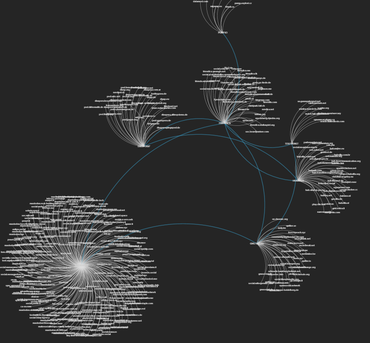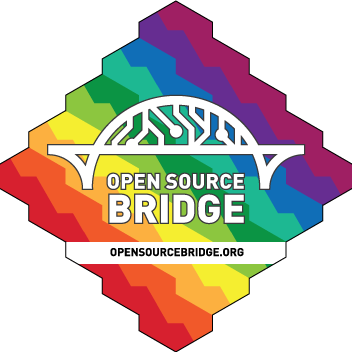“Intersectionality” is a concept that a lot of people – including me, when I first heard it – find challenging to really understand.
The definition is actually fairly straightforward. Merriam-Webster has a very pithy version:
when forms of discrimination combine, overlap, and intersect
Here’s what Wikipedia says:
Intersectionality is a term coined by American civil rights advocate Kimberlé Williams Crenshaw to describe overlapping or intersecting social identities and related systems of oppression, domination, or discrimination. Intersectionality is the idea that multiple identities intersect to create a whole that is different from the component identities.
And M-W’s Words We’re Watching page has a short history of the word
The term was coined by legal scholar Kimberlé Crenshaw in a 1989 essay that asserts that antidiscrimination law, feminist theory, and antiracist politics all fail to address the experiences of black women because of how they each focus on only a single factor. Crenshaw writes that “[b]ecause the intersectional experience is greater than the sum of racism and sexism, any analysis that does not take intersectionality into account cannot sufficiently address the particular manner in which Black women are subordinated.”
Though originally applied only to the ways that sexism and racism combine and overlap, intersectionality has come to include other forms of discrimination as well, such as those based on class, sexuality, and ability.
Indeed.
Still, even once you know the definition, the concept itself is subtle and complex, and the implications are very far-ranging. If you want to understand it better, you really need to dig into it. So here are some videos and links.
-
- Intersectionality 101, by Teaching Tolerance, is a three-minute, student-friendly video.
- Kimberlé Crenshaw’s TED talk The Urgency of Intersectionality (from October 2016) is a great starting point for going deeper. It’s the video at the top of the post; here’s the link.
- No Single-Issue Politics, Only Intersectionality, a recent interview with Crenshaw in Truth Out, relates intersectionality to today’s political landscape.
- Why Intersectionality Can’t Wait, a 2015 interview with Crenshaw, starts with her observation that “Intersectionality was a lived reality before it became a term.” It’s part of a series on intersectionality in the Washington Post that also has perspectives from Latoya Peterson, Brittney Cooper, and others.
- Patricia Hill Collins’ Black Feminist Thought, published in 1990, developed similar ideas, and is sometimes also credited as coining the term. Her 2015 talk on Sharpening Intersectionality’s Critical Edge is more theoretical than some of the other links, but still very approachable.
- Ange-Marie Hancock’s Intersectionality: An Intellectual History is a deep dive into the background of intersectionality’s histories, genealogies, and meanings – including a lot of attention to precursor work by bell hooks, Audre Lourde, Cherríe Moraga, Gloria E. Anzaldúa, and others. Jennifer Nash’s detailed review in Hypatia is a good overview.
- And speaking of bell hooks, her public dialog with Laverne Cox at New School (from 2014), is as insightful as it is entertaining.
There’s lots of other good stuff out there as well … if you have some favorite links, feel free to share them!



















 >
>
 w00t! I’m delighted to announce that my proposal for a Open Source Bridge session on
w00t! I’m delighted to announce that my proposal for a Open Source Bridge session on